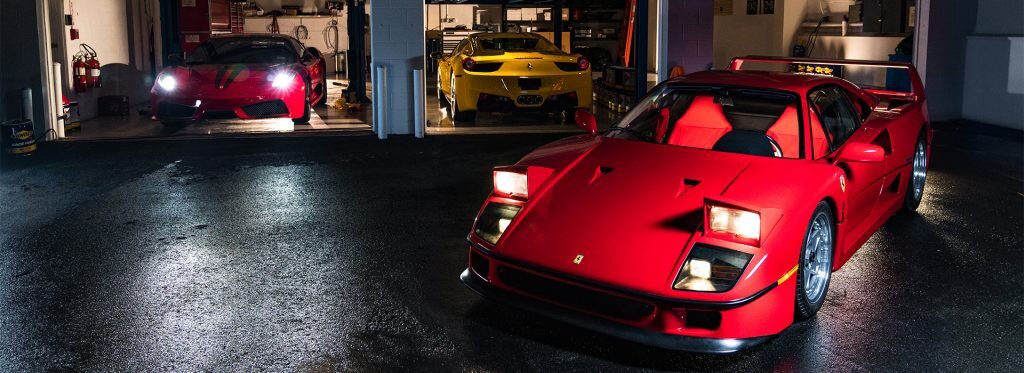1997 Ferrari F310B
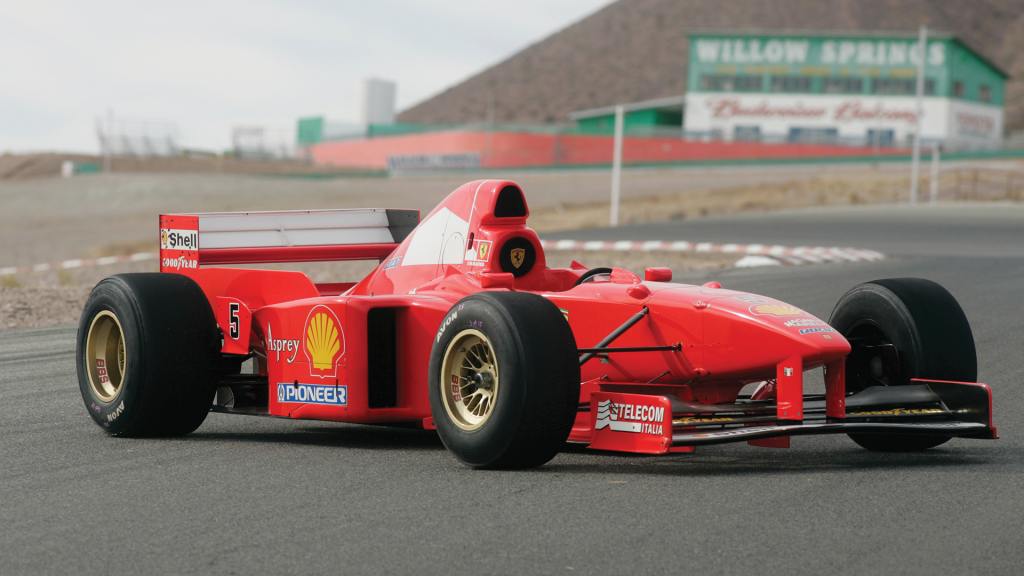
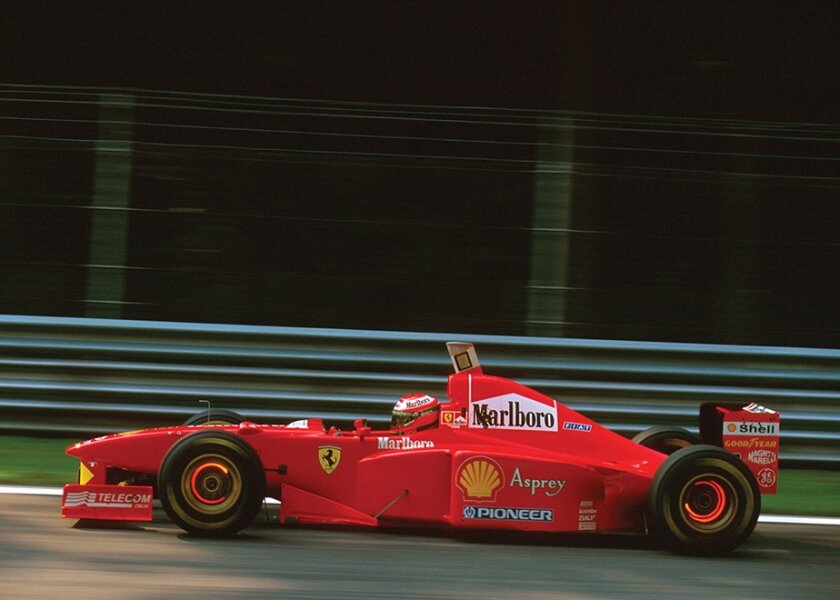
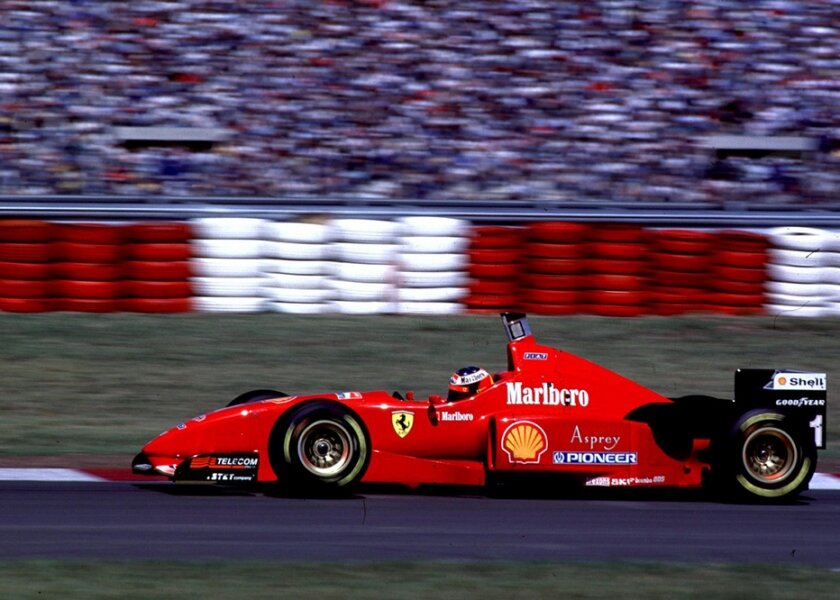
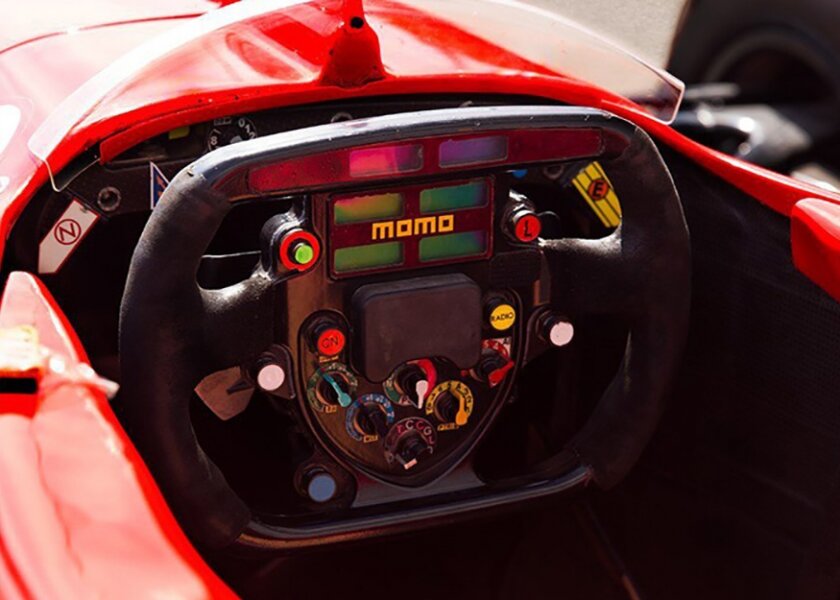
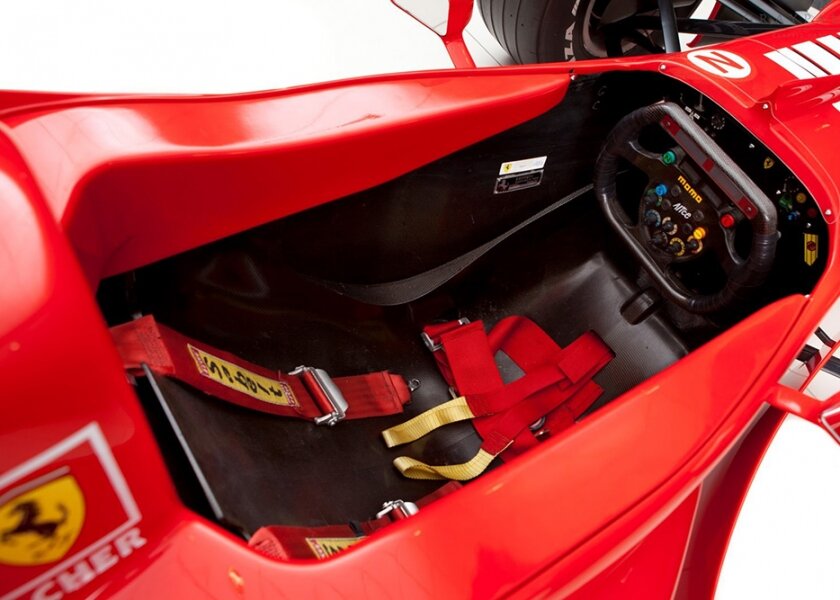
Specifications
Configuration: Longitudinal mid-engine
Engine: V10
Displacement: 183 cu. in./3L
Horsepower: 725hp
Transmission: Semi-automatic sequential 7-speed
A Little History
The F310B is the root of the design for most modern Ferraris. Ferrari took the aerodynamics and chassis technology from the Forumla-1 race program in order to adapt them for street use. The majority of the Supercars currently on display borrowed from this particular car, with the exception of the F40 and the Testarossa. For example, the shape of the nose cone is also seen on the hood of the Enzo. The F310B has two large front spoilers. Variations of these spoilers can be seen on every Ferrari in this room, again with the exception of the F40 and Testarossa.
The Design:
Although many of the supercars in the exhibit feature active-aero wings, Ferrari was not a proprietor of them. In fact, because of the success of the F310B, as well as other Formula-1 cars afterwards, Ferrari actually shied away from any active-aero technology. No Ferrari has ever been created with an active-aero wing.
Sitting above the driver’s seat is a large air intake for the engine. Although the F310B was not the first Formula-1 Ferrari to utilize this technology, most Ferraris developed since all feature similar intakes placed around their bodies.
On the Track:
In 1997, this car was driven in races by Michael Schumacher. That year he won the Monaco, Canadian, French, Belgian, and Japanese Grand Prix. Ferrari was awarded 2ndplace in the 1997 Manufacturer’s Championship for this Formula-1 car.
Schumacher was unfortunately disqualified from the Formula1 Championship due to an on-track incident with a fellow driver, despite having won five of the 17 Grand Prix that year.
Did you know?
The F310B features Ferrari’s first ever V10 engine.
It is also the last of the wide-track racecars before the 1998 regulations were put in place, which narrowed the width of the chassis.



